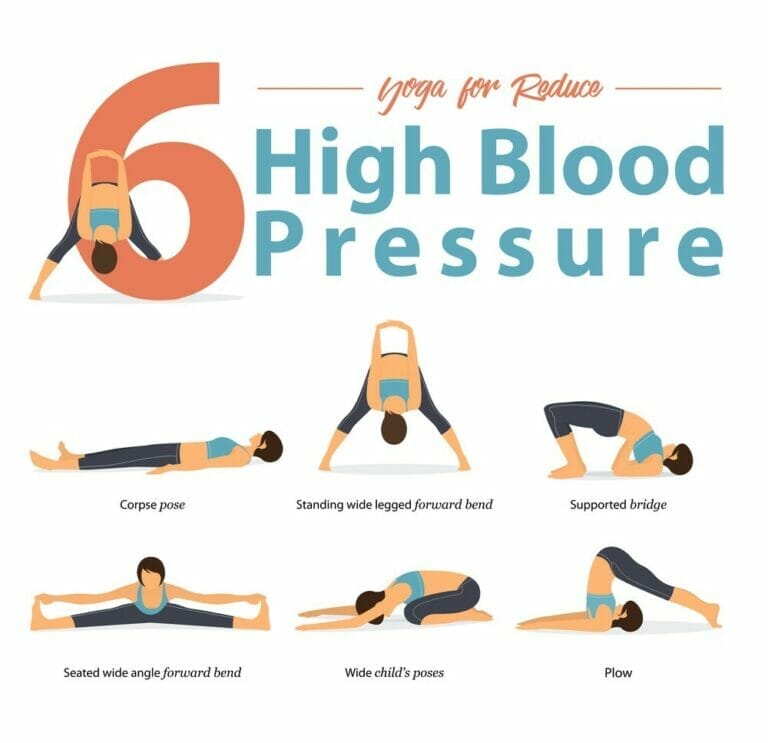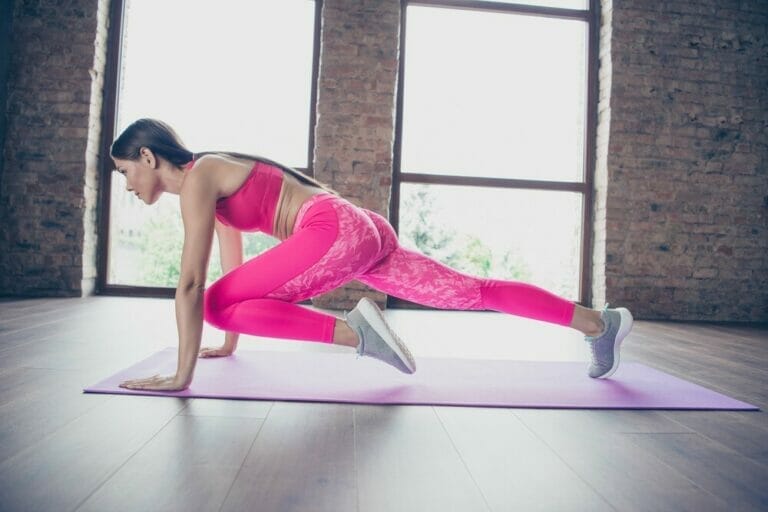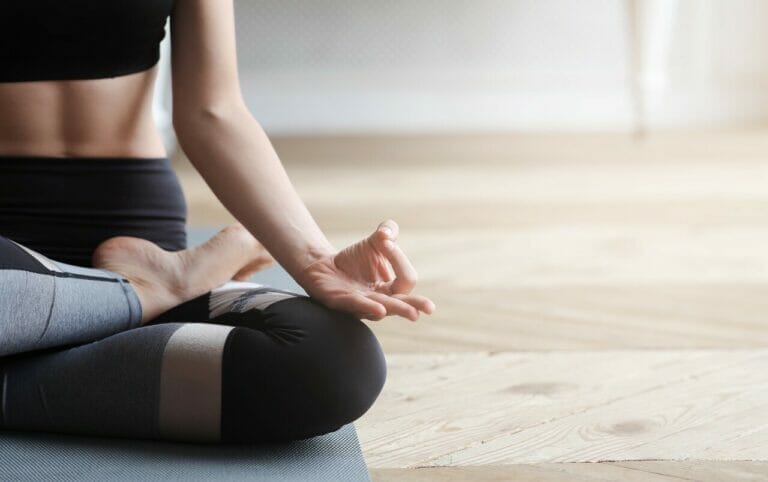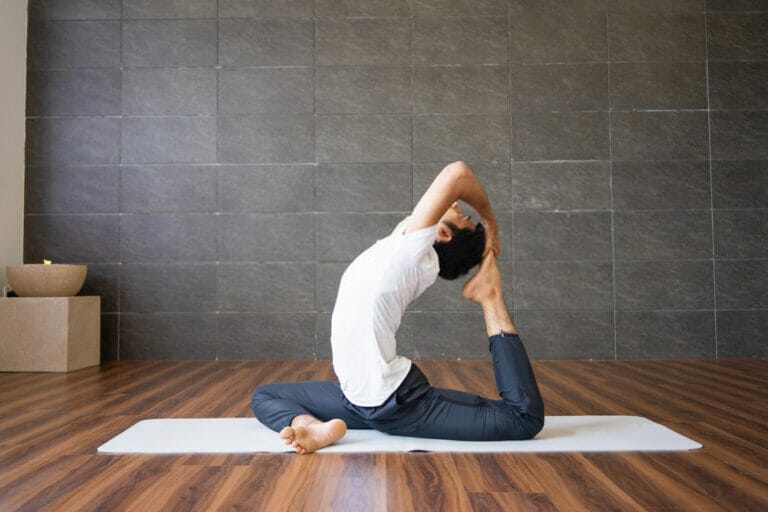How To Get Better At Yoga Binds
The more you practice yoga, the better your body will become. One of the best ways to improve yoga is by practicing more advanced moves, such as a yogi “bind.”
So how can you get better at yoga binds? I’ll explain what a bind is and where to find instructions on how to perform them.
The article will also provide some suggestions on improving your skills and executing these moves with greater ease.
I’m also going to tell you about some common yoga binds that are pretty easy for anyone to do.
First, let us understand what a bind is.
What is a yoga bind?
A bind is a yoga position where one or both of the practitioner’s knees are bent and placed near the chest.
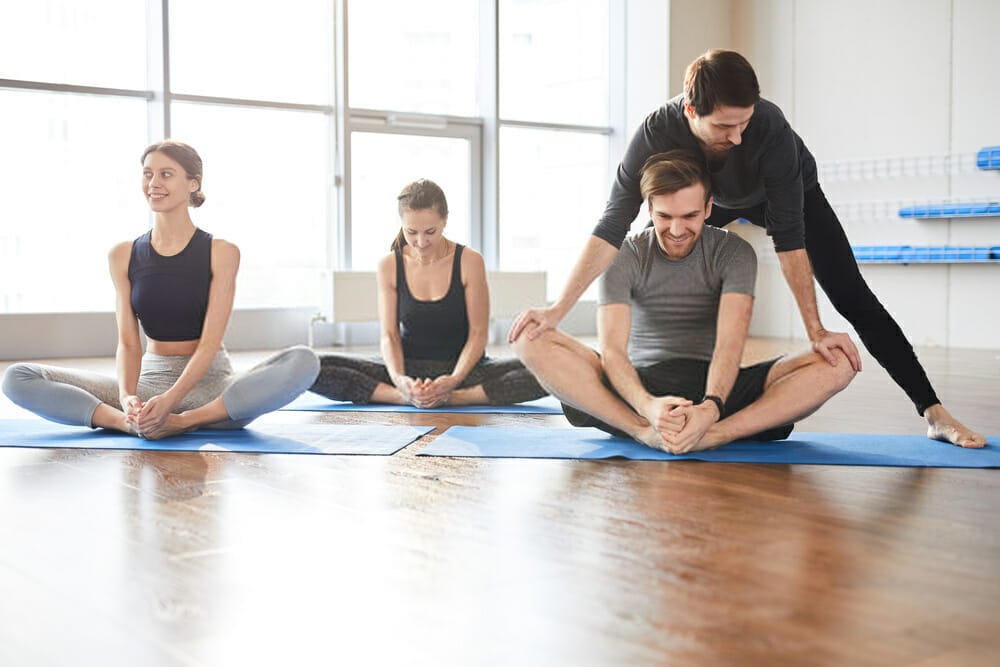
As the name suggests, it is a way to hold your body in a more stable position for more difficult postures to be done.
There are many types of yoga binds, and learning how to perform them is crucial for students who want to learn advanced yoga poses. Binds can be categorized into two categories: external and internal.
External yoga binds:
External bind is where the practitioner’s knees are bent and placed near the chest. This enables easy movement of the hips and torso to get into a pose.
An external bind is usually used in a pose that calls for a kneeling posture, such as Malasana. It can also be used in a pose called Downward Facing Dog, but that is more advanced and not an essential move to learn to have a strong foundation in yoga.
Internal yoga binds:
In an internal bind, the knees are straightened but not locked in place. This makes it easier for the practitioner to move their hips and torso to get into a pose.
Internal binds are usually used in poses that require a lot of flexibility, such as Plank or splits (Ananda/Vasisthasana).
There are bound variations of almost all yoga asanas. Some are easy, and some are hard. The positions themselves are not so hard to get, but if you lack the strength or flexibility to hold yourself for more than a couple of seconds, it could be a challenge for you.
Why should you do binding poses?
A yoga bind is a great way to make your practice more challenging. The more you practice, the easier it will be to execute the pose and not immediately rely on your leg strength.
Not to mention that most difficult poses require one leg (and arm if used), and holding for a few seconds can be very challenging for some people.
Are there any benefits of working on your bind?
The benefits of practicing in a bind are numerous, but in general, we can say that:
- You will learn to focus on the quality of your practice. For example, if you are learning a pose with your arms and legs only but not stretching enough or stabilizing the pose well enough, that is not very good practice.
- You will learn to appreciate the feeling of your strength and flexibility. Holding the pose for a few seconds is challenging, but when you set yourself the goal to hold it for more than just a few seconds, then you will know that you have improved your practice.
- You will be able to move deeper into some poses.
- You will learn better body alignment and posture when you’re “holding.”
- Your practice will get more fun and challenging.
How to get better at yoga binds?
The first step will be to find out if your body is ready for yoga binds. For example, if you lack the strength or flexibility to hold the pose for more than a few seconds, then you should focus on poses that are easier to hold.
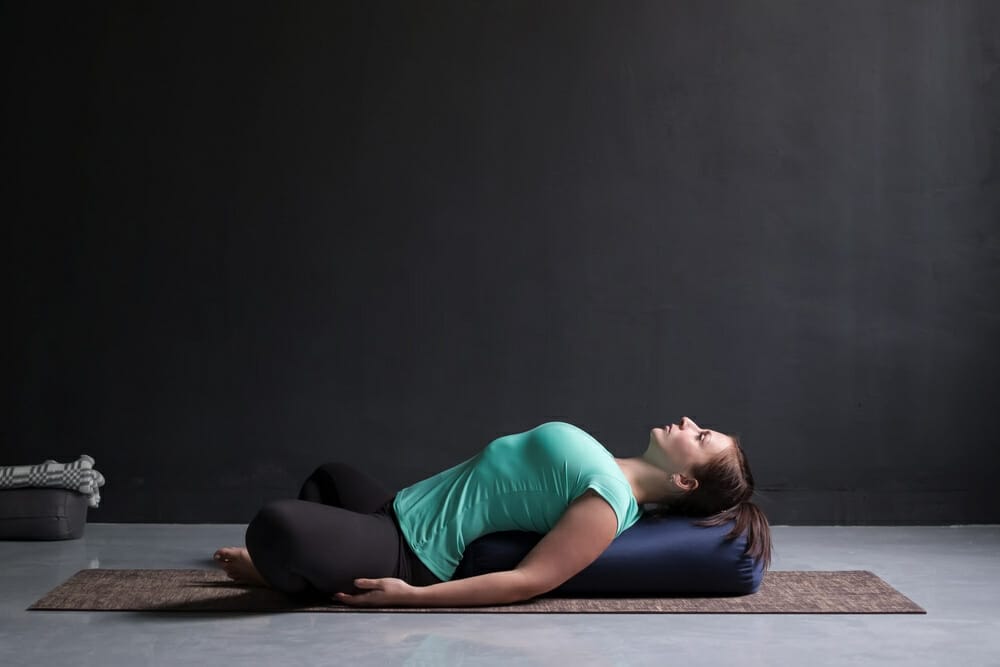
Here are some suggestions:
- Practice more advanced poses with a bind. This includes poses like Headstand, Handstand, Crane, Cow Face and others.
- Find a good graded yoga class to learn how to pose better in whatever pose you are learning. (e.g., YogaMia)
- Work on your strength and flexibility for better yoga poses with a bind. This will improve the quality of your practice and make it more fun to learn advanced poses with a bind.
- Work on “One Leg” balance postures if your balance is not great yet (e.g., sky pose).
- Practice the pose multiple times with a bind or roll out of it. This will allow you to get better at it.
- Practice with a friend or teacher if your balance is not great yet (e.g., basic backbend). Choose a familiar teacher you can trust and ask for guidance if needed.
- Hold the pose with a bind to strengthen your body and practice how to hold it in a controlled way.
- Once your legs and arms are strong enough, try to do the pose without holding with a bind. This will allow you to learn more about yoga postures without the bind, and you can practice different types of yoga poses in a more challenging way (e.g., Tree Pose or Scorpion Pose).
- Find a yoga tape or DVD that you can follow for a routine and practice the movements with a bind.
- Find special yoga classes that use binds regularly and do not utilize other forms of grips (e.g., Vinyasa) to practice the pose.
- Once you find the right teacher, ask him/her to teach you specific poses with a bind so that you can learn how to hold better and improve your strength and flexibility.
- Learn yoga postures that call for a bind in hot yoga practice. This is an excellent way to strengthen your body and learn more advanced poses without injuring or harming your body.
- Find an instructor or YouTube video that demonstrates yoga binds and practice the pose with the help of a bind. This will give you some pointers about how to improve your skills when you’re learning a new pose, and it will also help teach you how to hold basic yoga postures better!
What is the easiest yoga binds to practice?
There are many simple yoga binds that you can learn with a positive attitude and willingness to learn how to hold the pose. Just remember: It will take time, so don’t expect to be perfect at it right away!

It is better to start slow, do it slowly and correctly, then speed up your pace later. Take your time, and you will love the feeling of learning more advanced poses in a bind.
- Backbone heat- up bind – this is how to do a spine twist in a bind.
- Cat stretch bind – This is a great way to work on your lower back, hips, hamstrings and groin.
- Modified Eagle – This is the easiest position for working on arm and hand strength and conditioning.
- Standing Arm and Leg Stretch – This bind will help you develop shoulder strength and open your chest more.
- Standing Pigeon – This is a simple yet effective way to work on your legs, hips, and ankles.
- Step back bind – This is great for those who want to work on your balance, stability and coordination.
- Standing Split – This is a great pose to practice if you want to open your hips and groin effectively!
Conclusion:
Yoga binds are a great way to take your practice to the next level and make it more challenging. You can learn tons of yoga poses in a bind, and this will allow you to get more flexible and strong.
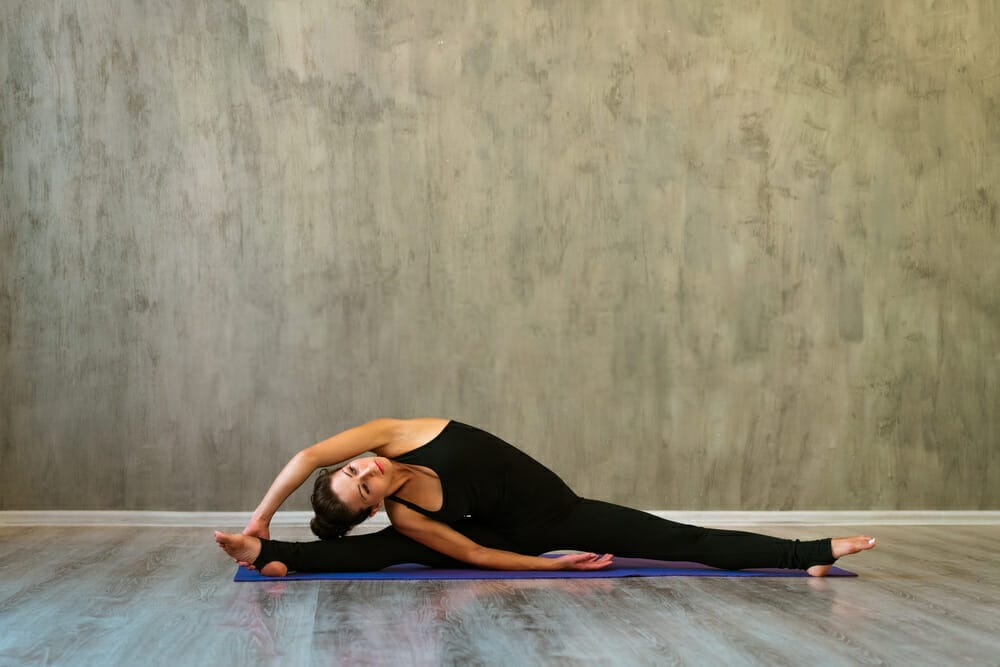
Coaches, teachers, and practitioners must know their students well to know what poses will work best for each class.
Some teachers may not teach many binds because they do not have the skillset needed to assist students in learning advanced poses.
In this case, you should look for a teacher that offers lots of binds and has experience teaching them.
Another important point to remember is that we should always be aware of our student’s abilities and level of strength, flexibility and coordination.
We should know if someone is ready for a new bind or if he/she needs more time to strengthen their body before tackling an advanced yoga pose with a bind.
Listen to your body and always be aware of the poses you are working on. This will help you get better at yoga binds safely!



